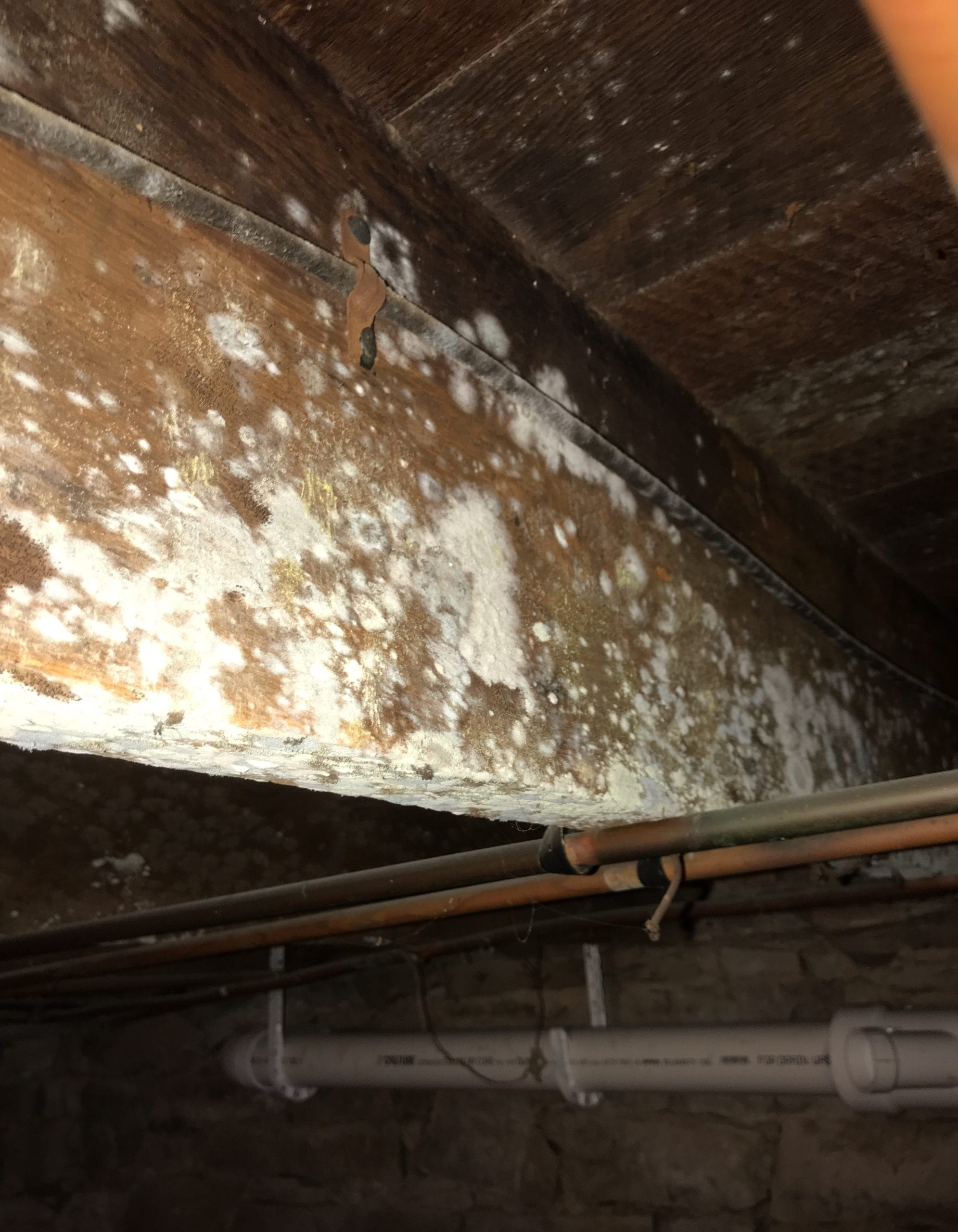Table Of Content

Pets may exhibit stomach issues like vomiting or decreased appetite and may experience symptoms like coughing, scratching, skin irritation, and lethargy. Remember that due to the size difference, even small amounts of mold can affect pets. Stadtner says some homeowners and landlords may try to paint over previous wet spots. Consider hiring a home inspector or following a home inspection checklist to look over the property. If you can see visible water stains on gypsum board walls or ceilings, it is quite possible the paper backing has microbial growth.

Black Mold
Autumn allergy that could be giving you hay fever-like symptoms - The Mirror
Autumn allergy that could be giving you hay fever-like symptoms.
Posted: Thu, 21 Sep 2023 07:00:00 GMT [source]
Exposure to mold spores can cause a reaction right away, or the reaction can be delayed. If you have a stuffy nose, sneezing, watery eyes, shortness of breath, wheezing or other bothersome symptoms that persist, see your doctor. The truth is that mold is good at reproducing anywhere there is moisture. It's existed for millions of years and picked up a few survival tricks along the way. Here's how to get rid of a mildew smell, including from your clothes and other fabrics.
How do molds affect people?
Symptoms of mold allergy may appear immediately upon exposure, or they may be delayed. When symptoms are delayed, it can sometimes make an association between the allergen and symptoms less clear. Another way pets can signal mold in the home is through illness, especially if symptoms are not a sign of other conditions.
Moisture Control is the Key to Mold Control
It's a natural part of the environment and reproduces by spreading spores in the air—indoors and outdoors. When outdoors, mold helps break down dead organic material (like fallen leaves), but indoors, mold can become problematic and cause health problems for your family. Let's look into what causes mold and where it typically grows. The foundation, along with other features like load-bearing walls, makes up the overall structural integrity of the home. If it’s showing visible signs of damage, chances are it’s going to cost you a lot to repair it.
"Appliances are at the top of the list for microbial growth thanks to the abundance of water and organic matter they use," Rubino says. "If a funky taste pops up in items such as the coffee maker or blender, there could be mold or mildew inside." In addition to leaks, you may see stains on the walls and ceiling leftover from moisture.
What is black mold?
Mold will grow in places with a lot of moisture, such as around leaks in roofs, windows, or pipes, or where there has been flooding. Mold grows well on paper products, cardboard, ceiling tiles, and wood products. Mold can also grow in dust, paints, wallpaper, insulation, drywall, carpet, fabric, and upholstery. If you have black mold allergy symptoms, contact a healthcare provider. Microscopic black mold spores are everywhere in our environment. They can enter your home through open windows, doors and vents.
In high-moisture environments, these patches have a slimy texture due to the active growth and feeding of mold colonies. In drier conditions, the same mold might present a fuzzy or powdery appearance, as often appears on the surface of old bread. These visual and tactile properties result from the dense growth of mold hyphae (the branching filaments that make up the main body of the fungus) on the surface. While most people think of "toxic black mold" as causing complications in healthy people without preexisting conditions, that idea has been disproven. There is no scientific evidence that exposure to mold causes autoimmune disease. If you notice black or white spots on your clothes that feel slimy or fluffy (not just an old stain), you may have mold in your home.
Allergic Reactions
Allergic responses include hay fever-type symptoms, such as sneezing, runny nose, red eyes, and skin rash (dermatitis). Mold can have a musty, sweet, or earthy smell, depending on the type, where it's growing, and its source of moisture. All kinds of mold emit microbial volatile organic compounds (mVOCs), which cause the smell. The health effects of mVOCs are mainly unknown, but some people can develop a cough, sore throat, or stuffy nose. Mold is a common fungus that grows in places with a lot of moisture, like roofs, pipes, and under wood and tile floors and ceilings. When you’re exposed to too much mold, mold that you’re sensitive to, or certain types of mold known to cause health issues, it can lead to a condition called mold toxicity.
Exposure to black mold (Stachybotrys chartarum) can cause symptoms such as a stuffy nose, wheezing, and itchy eyes, similar to those of other molds. Further studies are needed to find out what causes acute idiopathic hemorrhage and other adverse health effects. The most common indoor molds are Cladosporium, Penicillium, and Aspergillus. We do not have precise information about how often different molds are found in buildings and homes. Water damage from a burst pipe, a flood, or an overflowing sink can be one of the biggest risk factors for mold in your home. Even if the water itself was taken care of a long time ago, you might still have mold and excess moisture causing problems in your home.
Currently, there's no test that can prove your symptoms are the result of exposure to black mold. And if you have mold in your home, there's no need to determine the type, as all molds should be removed. If hearing the words “mold toxicity” immediately sends shivers down your spine, you’re not alone.
Asthma can usually be managed, but asthma attacks can also be life-threatening. "Some mycotoxins—like aflatoxins and ochratoxins—can cause significant human disease, but the clinical effects of other mycotoxins are less well understood," Johnson-Arbor explains. Be sure to use HEPA filters for your system and replace them regularly (the recommendation is every three months). You'll also want to routinely clean the air conditioner unit and get it professionally inspected once a year.
From a musty smell in house to black mold in bathroom showers, these are problems a homeowner should consider and address. Mold can cause several issues, including some that may have serious health effects. If you have a mold allergy, your immune system overreacts when you breathe in mold spores. A mold allergy can cause coughing, itchy eyes and other symptoms that make you miserable.
When appliances leak, the water can soak into the cabinetry or spread to the flooring below, causing a moisture buildup, warns Jake Romano of John the Plumber. Another sign that you’re in for some expensive repairs with your home purchase is that the roof or windows are old and need to be replaced. But before you do, however, it’s important to consider the true cost of your purchase. For most prospective buyers, getting a thorough home inspection is a great way to uncover any hidden issues that’ll need to be addressed before or after you buy. When you notice a mold sign in your house, you must act right away.
After your first exposure, the mast cells are now sensitive to black mold allergens. Being familiar with signs of mold in your house is essential to helping you identify the problem early and figure out why it’s growing in the first place. Having mold in your home is a huge problem that can negatively affect your health and cost thousands of dollars to repair.

No comments:
Post a Comment